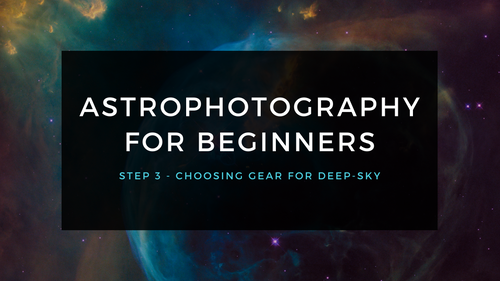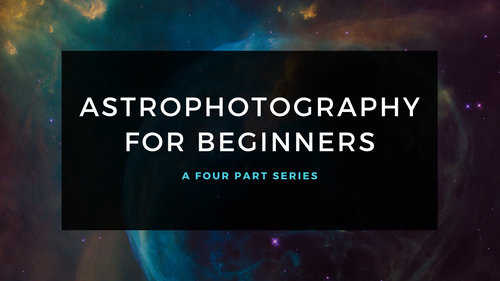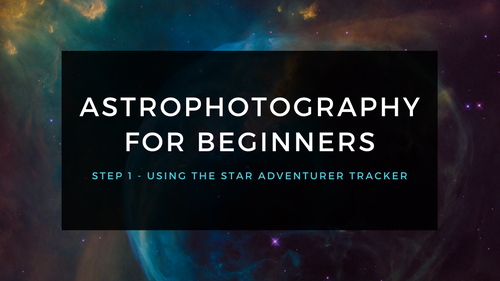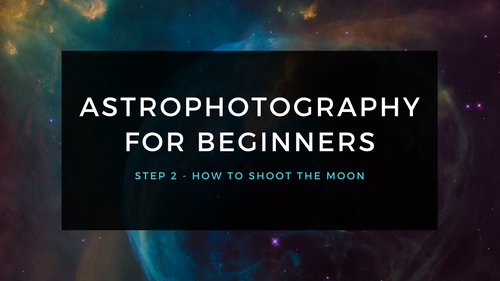









Why Purchase from All-Star Telescope?
Free Expert Support
Whether you are a first timer needing help with setting up or an enthusiast that can't quite make that one thing work, our expert staff are ready to support your needs. With decades of knowledge and first hand experience we've been there and we can help you through it!
Stress Free, Secure Transactions
You can trust purchasing and delivery with All-Star Telescope. All of our transactions are 100% secure and Level 1 PCI DSS compliant thanks to Shopify's ShopPay platform. For additional protection, we insure 100% of the value of every shipment we make. If it get's lost during shipment, we replace it. If it gets damaged during shipment, we replace it. We make sure your product arrives exactly as you would expect it to; we promise.
We also ensure privacy protection. We never keep any of your credit card information on file and any of your personal data is stored according to our policies.
30 Day Return Policy
Buy with confidence knowing that we accept returns up to 30 days after purchase. We want you to have something you will actually use and we are confident that we keep good quality products in our store with No Junk.
Price Match Promise
Shipping around for the best price is tough, we make it easier by offering the best pricing in the market. But if you find a better price on an in-store item somewhere else we will match it!
Product Description
Narrowband filter does not eliminate the effects of light pollution or increase the object’s brightness. In many cases, they increase the contrast between nebula and night sky, not brightening the nebula.
The ZWO H-Alpha filter has a bandpass of 7nm and passes light at 656nm wavelength, light transmission rate comes up to 80%. Best choice of narrowband H-alpha astrophotography filter for high-contrast imaging and revealing rich details of the nebula even in areas with strong light pollution, just prepare to experience the infinite fun with it!
The ZWO narrowband S-II 7nm filter passes light at 672nm wavelength with a bandpass of 7nm which is designed for nebula observation. It is suitable for visual observation on most emission nebulae, planetary nebulae and supernova remnants, use it with H-alpha and OIII narrowband filters (SHO Set) for tricolour CCD astrophotography.
The ZWO narrowband O-III 7nm filter is designed for nebula observation allowing the 7nm bandwidth of light centred on a wavelength of 500nm through, which corresponds to OIII emission lines, blocking out all other light. Adding the ZWO O-III Narrowband filter to your imaging collection will help you go beyond the RGB imaging and will help capture your favourite nebulas in a totally new light, no matter how polluted your skies may be!
It can reduce the transmission of certain wavelengths of light, specifically those produced by artificial light including mercury vapour, and both high and low pressure sodium vapour lights and the unwanted natural light caused by neutral oxygen emission in our atmosphere (i.e. skyglow).
Specifications
- FWHM:7±0.5nm
- Glass Thickness 2.0+/-0.03 mm (1.25”/31mm/36mm)
- Fine-optically polished to ensure accurate 1/4 wavefront over the both surfaces
- About 90% transmission at H-alpha line 656nm (H-Alpha filter )
- About 90% transmission at SII line 672nm (SII filter )
- About 90% transmission at major OIII line 500nm (OIII filter )
- Infrared wavelength 700-1100nm cut-off
- <0.1% transmission of off-band, OD3(Optical Density)
Additional Articles, Videos, and Links
External Links

Astrophotography for Beginners Step 4: Shooting Deep-Sky Images
Taking deep sky pictures can be daunting, luckily there is an easy process to follow to allow you to get great shots! Here is the typical process for actually taking deep-sky images in the field.

Astrophotography for Beginners Step 3: Choosing Gear for Deep-Sky Imaging
Using a star tracker gains you experience with the fundamentals of deep-sky imaging. Shooting the Moon gains you experience focusing and framing through your telescope. Through your sessions you’ll...

Astrophotography for Beginners - Start Here: Getting into Astrophotography Step by Step
Shooting the night sky has never been more popular, nor easier. The choice of equipment has also never been better, or more affordable. However, as per the advice given by Dickinson and Dyer in the...

Astrophotography for Beginners Step 1: Using the Star Adventurer Tracker
By far the most economical and easiest way to capture beautiful images of the Milky Way and large deep-sky objects like the Andromeda Galaxy (shown here) is to use a star tracker. Here are steps an...

Astrophotography for Beginners Step 2: How to Shoot the Moon
Close-ups of the Moon are rewarding, and an easy way to learn to shoot through your telescope. While good results are possible with a phone camera clamped to an eyepiece (as shown below), this tuto...


